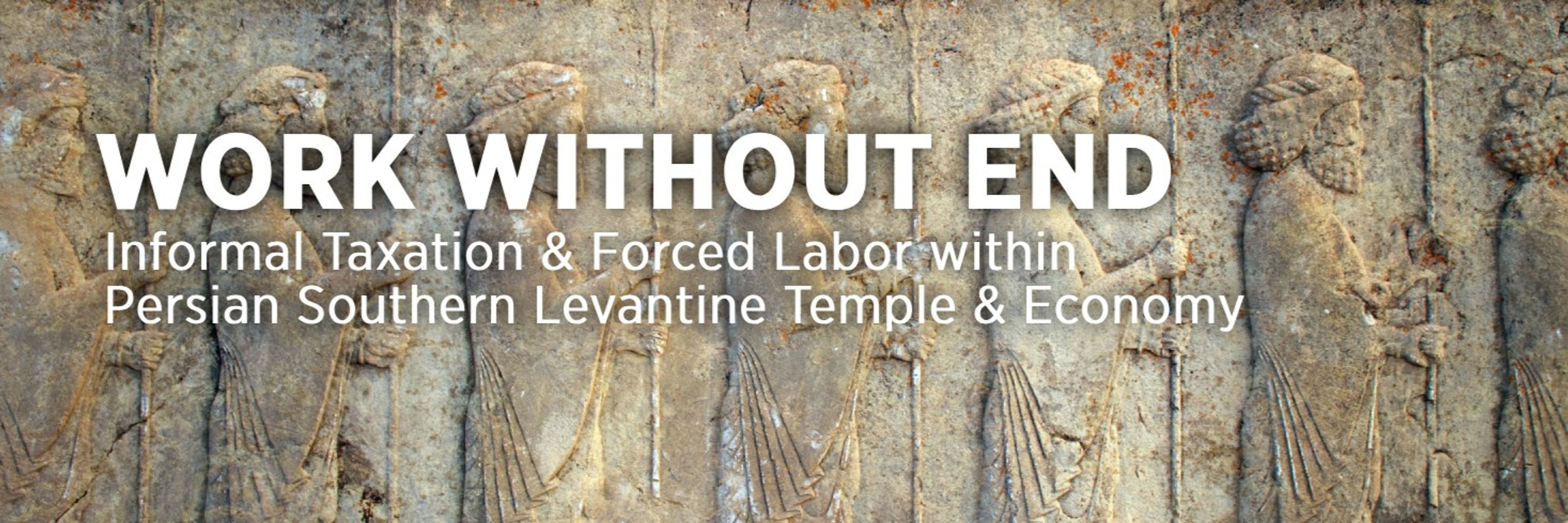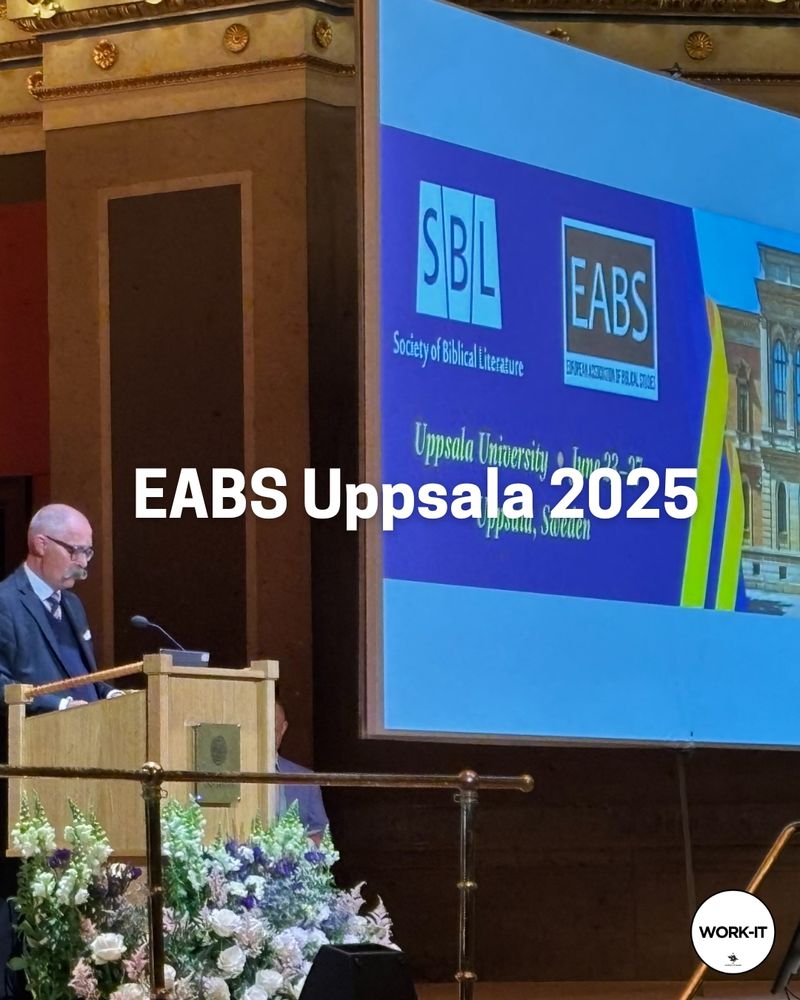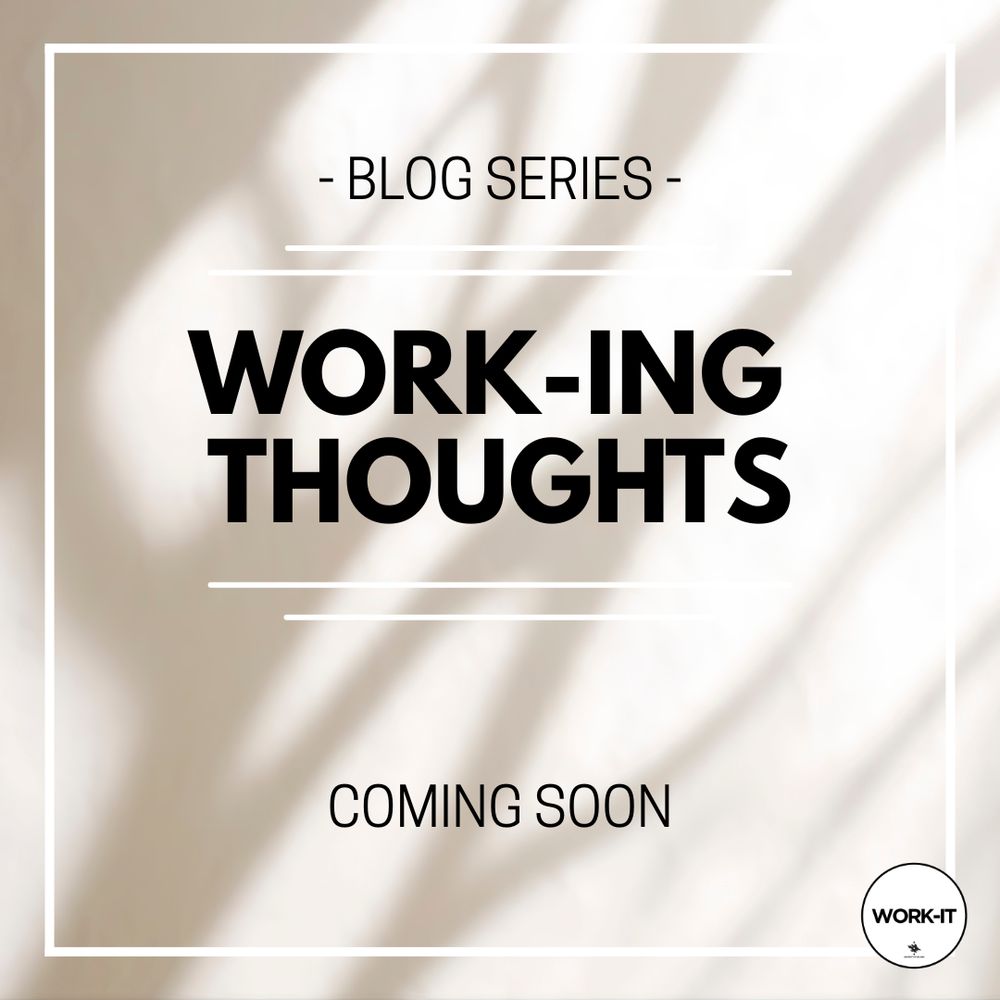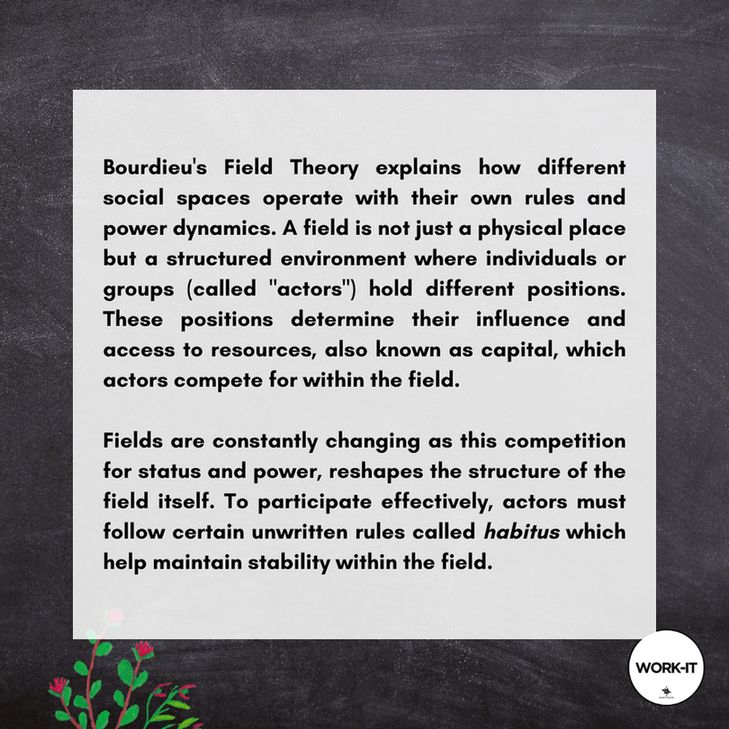WORK-IT
@workit-hki.bsky.social
24 followers
23 following
20 posts
ERC-funded research group at the University of Helsinki, Faculty of Theology
🌐 helsinki.fi/work-it
Posts
Media
Videos
Starter Packs
WORK-IT
@workit-hki.bsky.social
· Aug 27

Our WORK-ING Summer: Thoughts From Conferences and Meetings of Summer 2025 | Work without End: Informal Taxation and Forced Labor within Persian Southern Levantine Temple Economy and Society | Univers...
The summer of 2025 turned out to be an active and productive season for our research group. Members of the team participated in several conferences and meetings across Europe, presenting our project, ...
tinyurl.com
WORK-IT
@workit-hki.bsky.social
· Jun 27

Ezra–Nehemiah and the Blurred Lines Between Worship and Work | Work without End: Informal Taxation and Forced Labor within Persian Southern Levantine Temple Economy and Society | University of Helsink...
Temple work in Ezra-Nehemiah goes beyond faith: it’s tied to social pressures, informal taxes, and forced labour under imperial rule. In our final blog post before the summer break, Daniele Soares ope...
tinyurl.com
WORK-IT
@workit-hki.bsky.social
· Jun 24

Between Text and Theory: Daniele Soares on Reading the Ancient World | Work without End: Informal Taxation and Forced Labor within Persian Southern Levantine Temple Economy and Society | University of...
In this WORK-ing thoughts post, doctoral researcher Daniele Soares shares her journey from economics in Brazil to theology and biblical studies across continents. She explores how ancient texts like E...
tinyurl.com
WORK-IT
@workit-hki.bsky.social
· Jun 17

Fragments into Frameworks: Building Meaning from the Idumean Corpus | Work without End: Informal Taxation and Forced Labor within Persian Southern Levantine Temple Economy and Society | University of Helsinki
How do we build a system out of fragments? Dr. Shahryari continues our conversation by exploring the economic structures of the Persian Empire.
buff.ly
WORK-IT
@workit-hki.bsky.social
· Jun 12

Reading Between the Sherds: Dr. Shahryari on the Idumean Corpus | Work without End: Informal Taxation and Forced Labor within Persian Southern Levantine Temple Economy and Society | University of Hels...
What can a broken jar fragment tell us about empire? Dr. Mitchka Shahryari walks us through the hidden structures behind the Idumean ostraca.
www.helsinki.fi
WORK-IT
@workit-hki.bsky.social
· Jun 6

Informal Taxation and Temple Economics: Theory Meets the Ancient World | Work without End: Informal Taxation and Forced Labor within Persian Southern Levantine Temple Economy and Society | University ...
In this deep dive into temple economics and taxation, Dr. Jeremy Land explains how limited sources and big questions reshape our understanding of ancient states.
www.helsinki.fi
WORK-IT
@workit-hki.bsky.social
· May 30

From Smuggling to Temples: Dr. Jeremy Land on Tracing Ancient Economic Systems | Work without End: Informal Taxation and Forced Labor within Persian Southern Levantine Temple Economy and Society | University of Helsinki
From colonial smugglers to Persian temples, Dr. Jeremy Land traces how informal economies continue to influence societies across time.
tinyurl.com
WORK-IT
@workit-hki.bsky.social
· May 14

Uncovering the Archive: Language, Labor, and Power in Persepolis | Work without End: Informal Taxation and Forced Labor within Persian Southern Levantine Temple Economy and Society | University of Helsinki
In the second part of his interview, Filippo Pedron shares how his linguistic expertise sheds new light on the Persepolis archives, revealing untold stories of labor and power in the Achaemenid…
buff.ly
WORK-IT
@workit-hki.bsky.social
· May 7

Decoding the Past: Filippo Pedron on Building a Language from Fragments | Work without End: Informal Taxation and Forced Labor within Persian Southern Levantine Temple Economy and Society | University of Helsinki
Linguist and historian Filippo Pedron takes us inside the world of Elamite, a forgotten language, and shares how fragments of clay tablets are helping reconstruct a civilization’s voice.
buff.ly
WORK-IT
@workit-hki.bsky.social
· Apr 23

Temples, Rituals, and Reconstructing the Past | Work without End: Informal Taxation and Forced Labor within Persian Southern Levantine Temple Economy and Society | University of Helsinki
Continuing our conversation with Dr. Lucia Cerullo, we dive deeper into her work on the reconstruction of ancient temples and cultic sites, uncovering the complexities of reconstructing temples and…
buff.ly
WORK-IT
@workit-hki.bsky.social
· Apr 15

From Elam to the Levant: Dr. Lucia Cerullo on Rediscovering Ancient Lives | Work without End: Informal Taxation and Forced Labor within Persian Southern Levantine Temple Economy and Society | University of Helsinki
Archaeologist and art historian Dr. Lucia Cerullo shares her journey from Elamite epigraphy to Persian-period temples in the Southern Levant — and why it’s the everyday people she wishes she could…
buff.ly
WORK-IT
@workit-hki.bsky.social
· Mar 19

Dr. Mitchka Shahriyari will give a presentation in ESSHC 2025 | Work without End: Informal Taxation and Forced Labor within Persian Southern Levantine Temple Economy and Society | University of Helsin...
Dr. Mitchka Shahriyari will speak at the 'Towards a Hellenistic Taxation' panel in the European Social Science History Conference at KU Leauven on March 27th, 2025.
www.helsinki.fi















